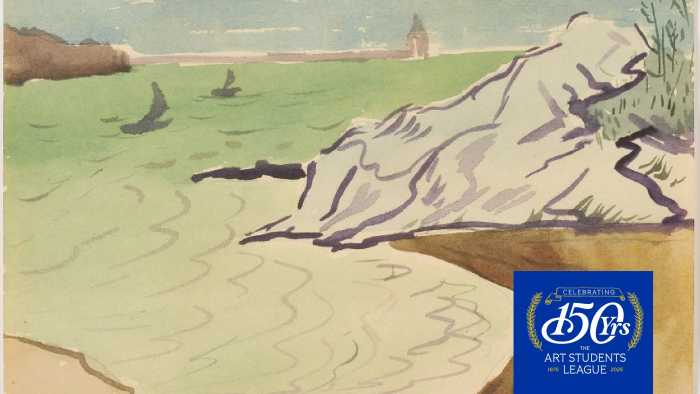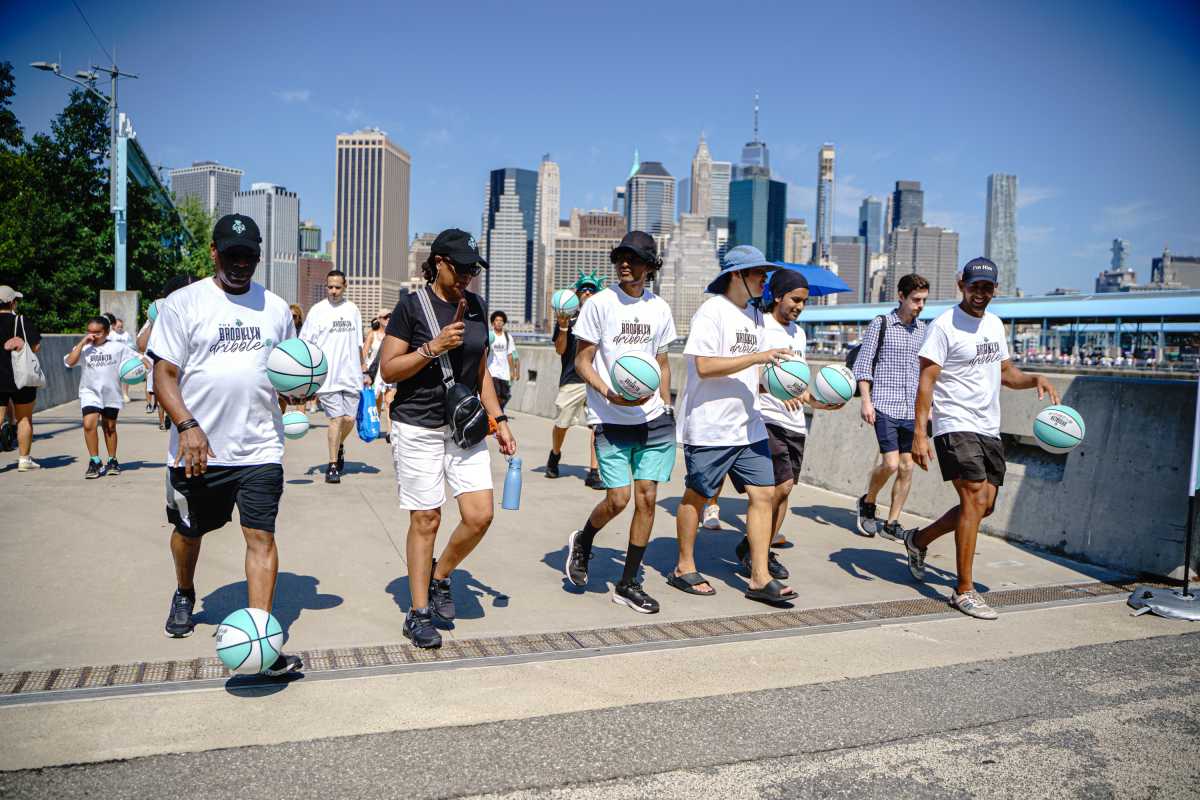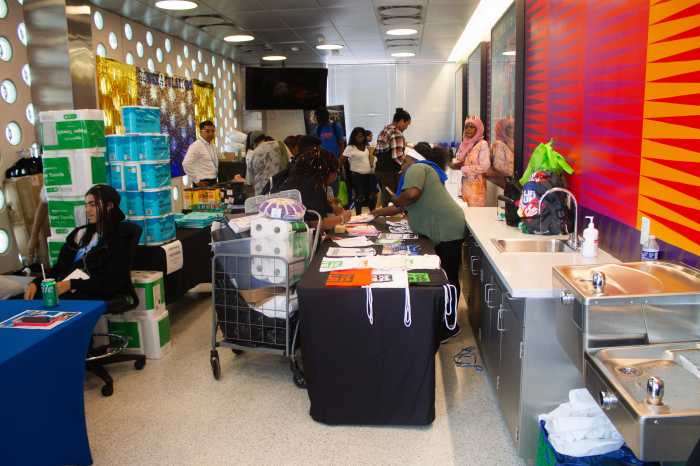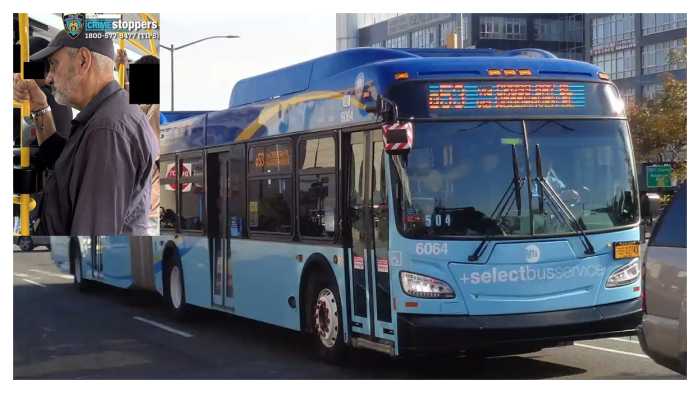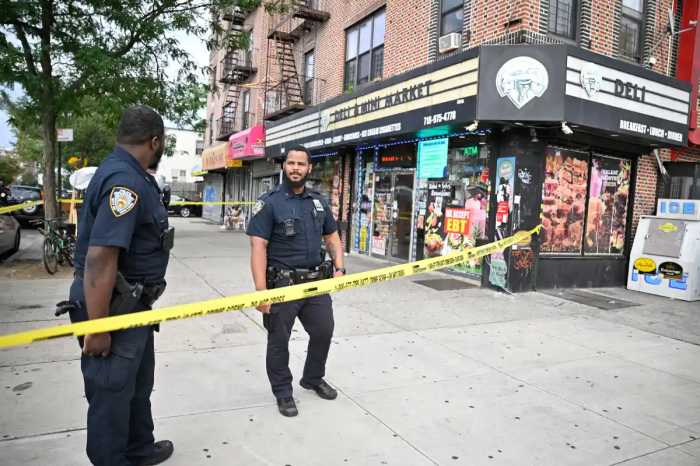By Aili McConnon
Josh Tarasoff, worked 80-hour weeks at Goldman Sachs in the Financial District and escaped periodically to volunteer at Greenwich House and the Memorial Sloane- Kettering Cancer Center. He soon discovered two things: there were many terrific small to mid-size non-profits he never realized existed, and many of his 20-something peers on Wall St. would also volunteer if it were easier to find an organization they cared about.
In late 2003, he quit his job. Tarasoff, 26, spent the next year and a half gathering start-up funds from business contacts to help him create Wall Street Volunteers, which links young professionals with community non-profits that need them for volunteer programs and junior board positions. The group held their official launch party a month ago and the organization has already signed up 630 volunteers and 38 non-profit partners, with 15 other non-profits in line to join.
Many of the first organizations to join were in Lower Manhattan, but some are in other parts of the city. Downtown has long been trying to convert itself into a true 24/7 neighborhood but many people who work there still do not interact much with the community.
“For both sides it’s critical,” said Liz Sak, president of City Kids Foundation, a non-profit organization on Leonard St. which provides outreach programs, training and counseling for inner city kids. “It’s an amazingly simple concept and what’s amazing is that nobody has done it before. I think the fact that Josh has so many people signed up on both sides — non-profits and young professionals — is an indication of how big the void was that he’s filling. It’s taken off so quickly.”
W.S.V. connects young professionals to each other and non-profit opportunities primarily through its Web site
(www.wallstreetvolunteers.org), which went live April 7, 2005. People sign up, provide a profile (and a picture if they like), and then search volunteer programs or junior board positions by the type of organization (e.g. disadvantaged children, H.I.V./AIDS, 9/11), location or time commitment. They can also connect with other “members” who volunteer at the same organization, who work in the same firm or industry or who went to the same college.
Angie Kamath, executive director of Streetwise Partners, a non-profit that provides one-on-one mentoring and job training to low-income and/or unemployed individuals, is excited to work with the volunteer group because it is “tapping new people in a new way, using new strategies such as a list serve that is much more internet-driven.” Several volunteers like the Web site because it reminds them of friendster and thefacebook, two services that have popularized networking on the Internet.
W.S.V. helped Drew Skelton, 24, find the Alzheimer’s Association, a cause he felt passionate about since his grandfather suffered from Alzheimer’s. During Skelton’s first year working in finance in New York, he had struggled to find a non-profit organization. Skelton’s experience is similar to many other 20 and 30-somethings in the program. He knew he wanted to give back to the community, but he wasn’t sure where and how he wanted to volunteer. “It was disheartening and discouraging,” he said. Then he found W.S.V. “Once you sign onto the site,” said Skelton, “it makes it so easy. It was handed to me in such a way that there was no way I was going to say no.” Skelton immediately found the right contact person at the Alzheimer’s Association. He now serves on their junior board, and has helped with mailing campaigns and the annual Forget-Me-Not gala.
Swapna Putcha, 24, an analyst at JP Morgan, got involved with City Kids Foundation through W.S.V. and felt so strongly in their mission that she is working to bring 30-50 summer and full-time employees from JP Morgan to team up with City Kids children to paint a school together. She hopes this experience will whet her colleagues’ appetite to volunteer at City Kids regularly. Putcha also eventually wants to start her own non-profit involving kids and the arts. “Wall Street Volunteers has been such a great resource to learn about more of the non-profits out there,” she said.
The group has already brought City Kids several volunteers in addition to Swapna. “The minute their site went live, we got two or three emails immediately,” said Liz Sak, “and we get a couple every week, which is wonderful.”
Sak and her counterparts at other small non-profits had often discussed the difficulties of finding volunteers in the insular world of Wall St. “If you don’t have contacts there, you can’t get contacts there,” she said. “They are like ivory towers with those big security desks. The way the buildings are set up is analogous to how tough it is to get into the organizations in general.
“Now I think we’re a microcosm of the larger community,” Sak said. “Wall Street Volunteers has been a great way for us to get to this cadre of young powerful leaders who have liquid assets as well as good intentions and the energy to make an impact.”
In New York, Wall Street Volunteers is not the first non-profit organization created by young people to encourage philanthropy among other young people. Giving Opportunities to Others, created in 2001 by Cameron Snaith, 28, a Chelsea resident, throws parties for 20 and 30-somethings and uses the proceeds to send underprivileged New Yorkers to arts camp. In fact, there are young people partying for a specific cause across the continent, from Calgary to Milwaukee to Jacksonville to Denver to San Francisco. W.S.V. also hopes to hold more social events for its members but it differs from other voulunteer recruitment organizations because it channels volunteers to many groups and causes.
New York Cares, a non-profit created in 1987 with affiliates in more than 30 cities across the country, also connects volunteers (of any age) with programs and board positions at non-profit organizations that need them. W.S.V. has chosen to focus on a narrower group of people — young professionals — and strives to create long-lasting relationships between them and non-profit organizations, rather than getting people to do one-off volunteer activities. Tarasoff does not think of Wall Street Volunteers as competing with other organizations for attention or participation. “What is important to us,” he said, “ is that we reach those who are looking for what we can help them with.”
Lisa Orloff, executive director of September Space — a non-profit community center with programs to assist the community in reacting and recovering from disaster— is excited to partner with Wall Street Volunteers, especially as September Space gears up to open a new community center near Bowling Green this August. “When you get that younger energy in there it is contagious, ” she said.
Tarasoff hopes Wall Street Volunteers will continue to snowball and put new organizations on people’s radar screens. He said, “If we create at least one significant philanthropist,” one who donates significant money, time and expertise to a resource-strapped non-profit, “we will have been successful.”
WWW Downtown Express










